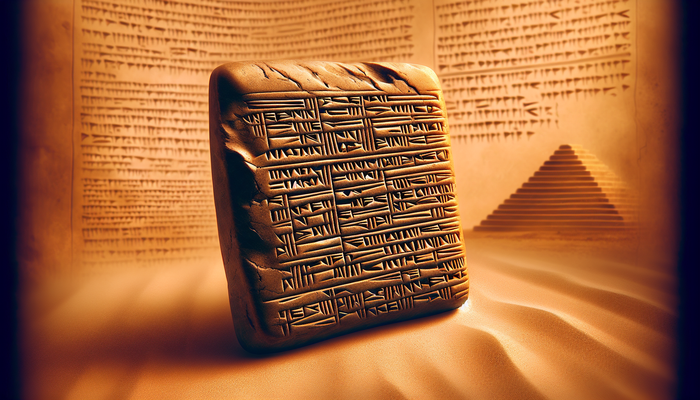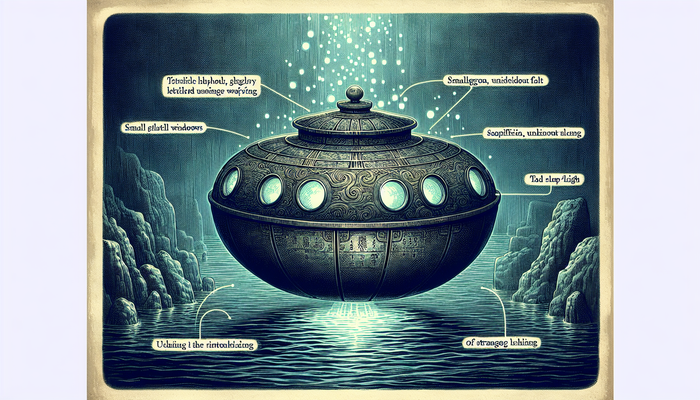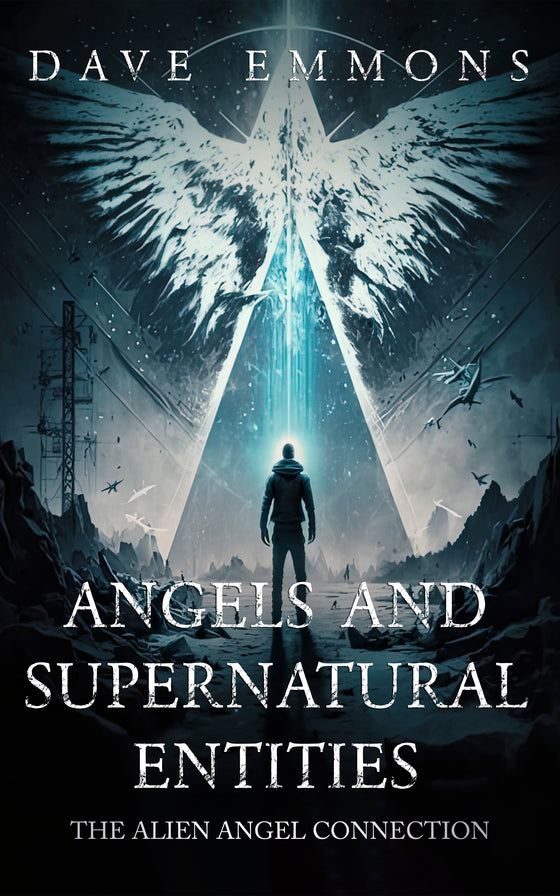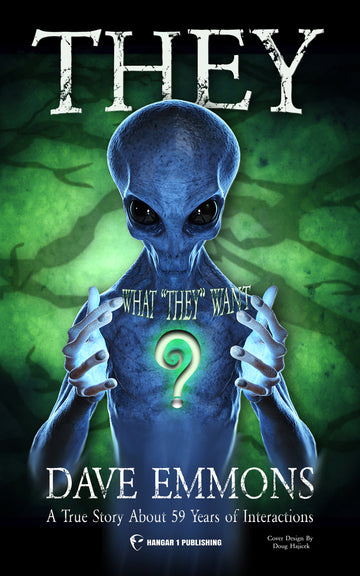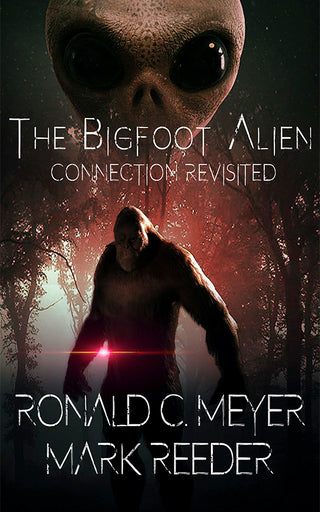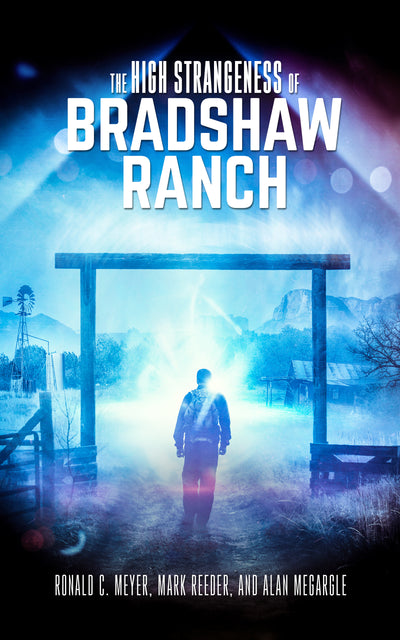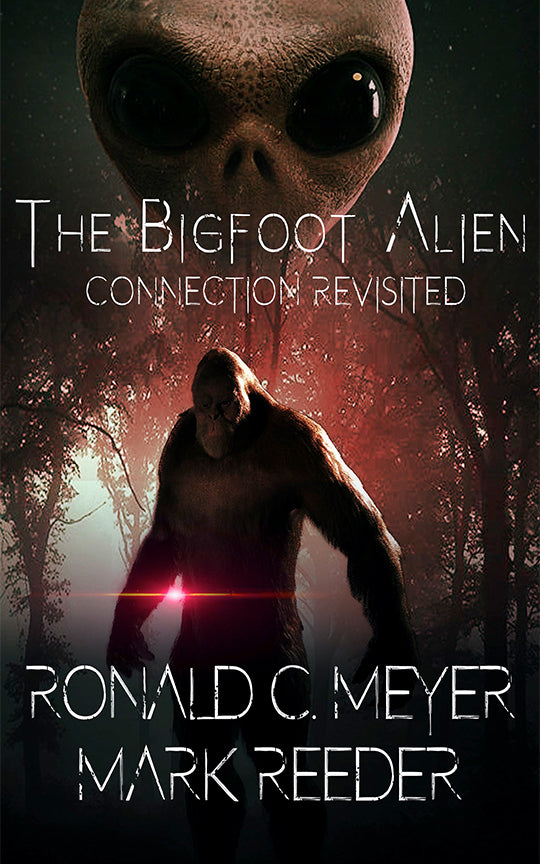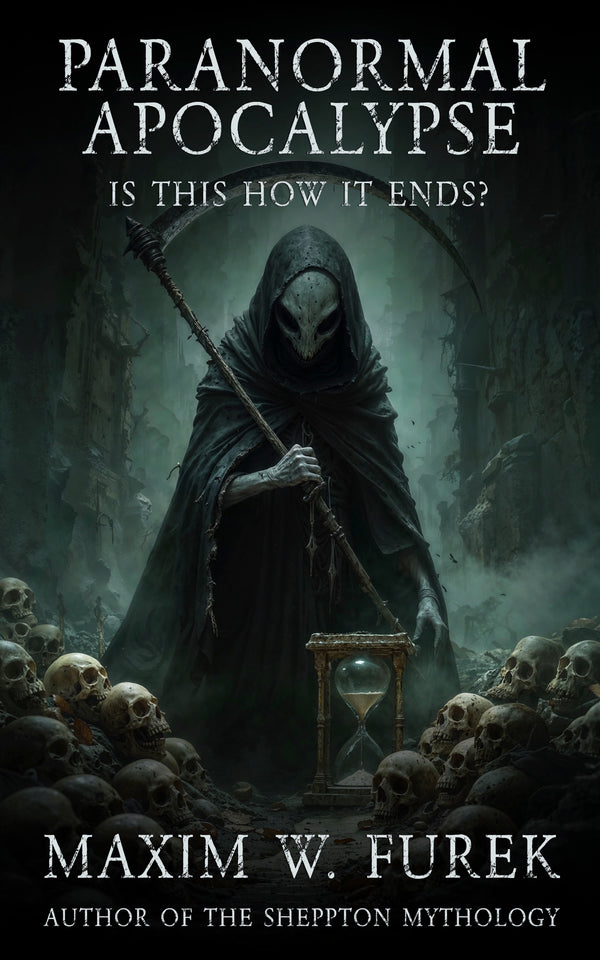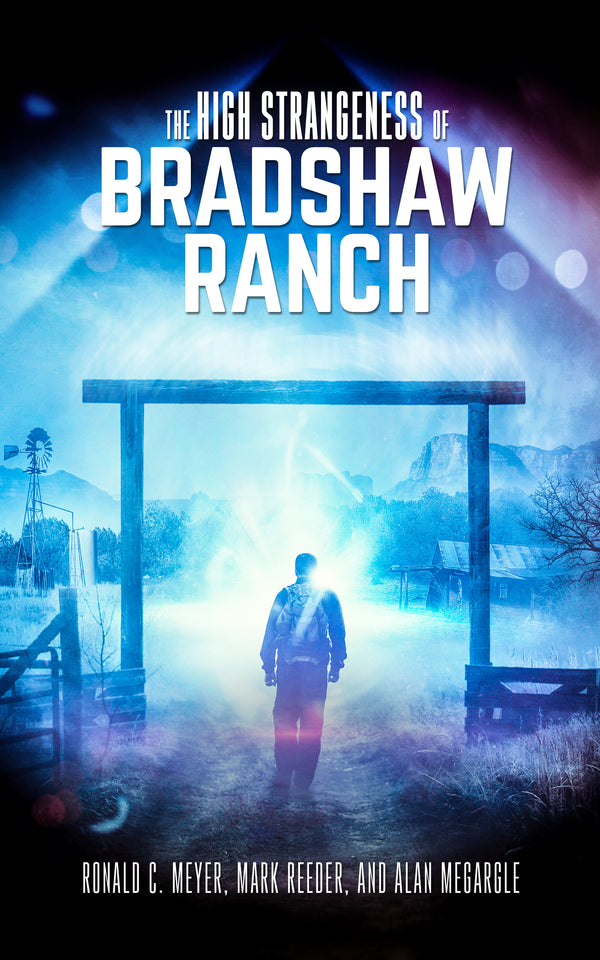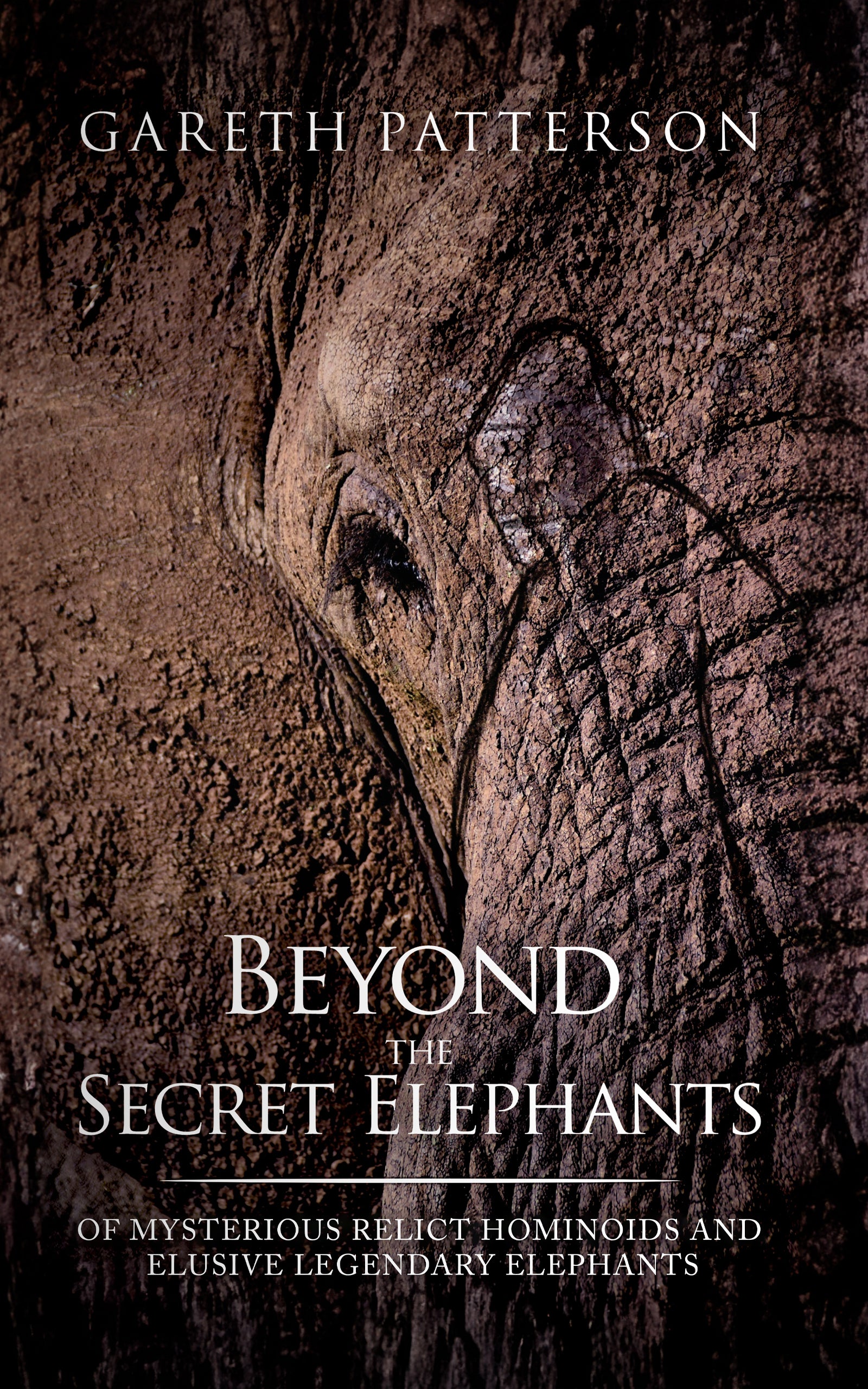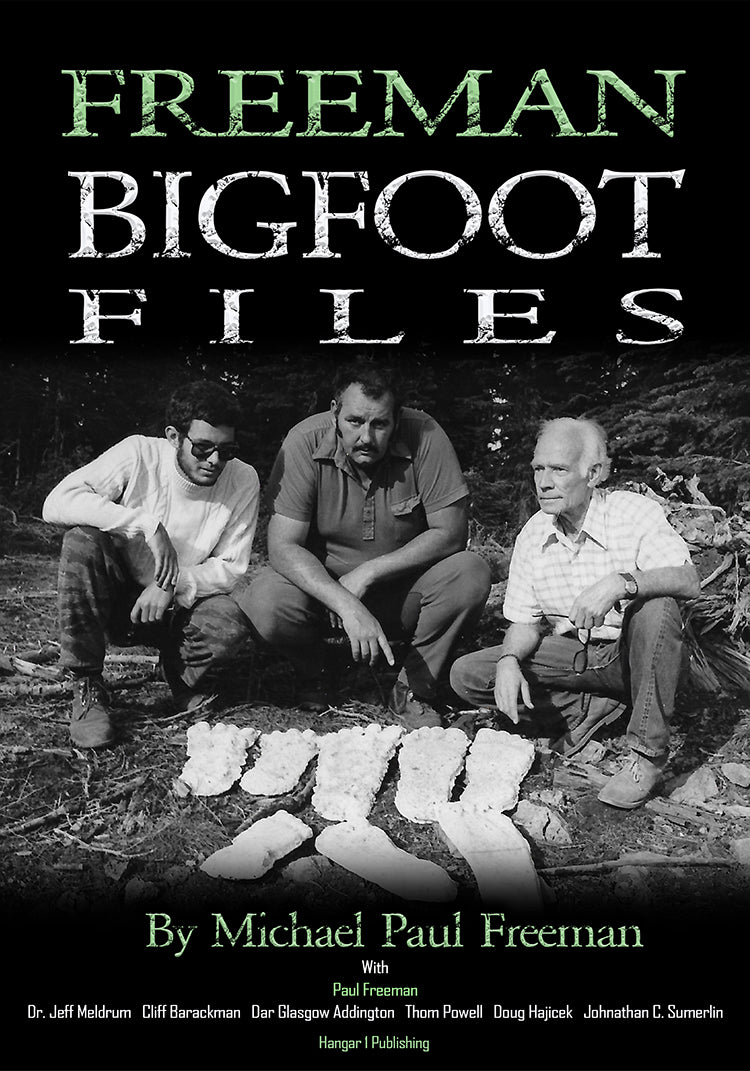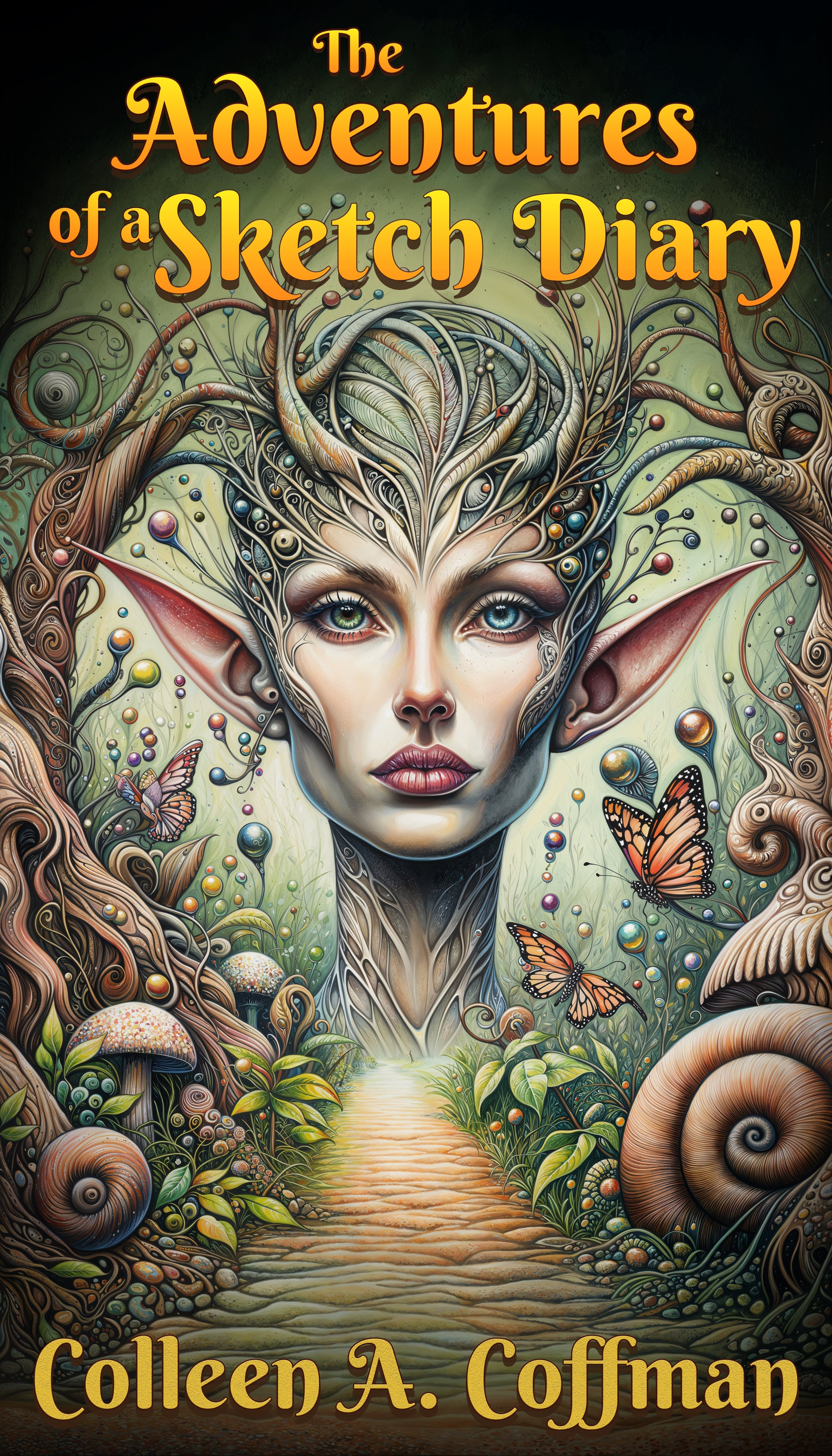Fairy Lore and UFOs: When Ancient Encounters Meet Modern Phenomena

By Sanjay Kapoor, Ufologist
I'll admit something that might surprise you: as an astrophysicist, I spend more time reading medieval folklore than most of my colleagues would care to admit. Not because I've gone soft on scientific rigor, but because the data is forcing my hand.
When folklorist Thomas E. Bullard analyzed UFO abduction reports, he discovered something that shouldn't exist if these were random stories or pure fantasy. Comparing hypnotic and non-hypnotic cases, he found that 72% of recurring traits appeared with similar frequency. That's not confabulation. That's pattern.
What really gets my attention? The same patterns show up in accounts from the 9th century.
The Structural Integrity Problem
Here's where things get interesting for someone trained to look at data. If you're a physicist studying an unknown phenomenon, you want consistency. You want repeatability. The abduction narrative delivers both in ways that make me uncomfortable with easy dismissals.
Bullard describes the phenomenon as a remarkably well-structured legend with coherent sequences that transcend individual psychology. When patterns hold across cultures, centuries, and investigator bias, you're looking at something that demands explanation.
But it gets stranger. These patterns mirror what we find in Celtic traditions of being taken by fairies. Not metaphorically. Structurally.
What Medieval Peasants and Modern Abductees Have in Common
I've created a comparison table because, frankly, the parallels are too precise to ignore:
| Experience Element | Fairy Lore (Pre-1900) | Modern UFO Reports |
|---|---|---|
| Initial Phenomenon | Luminous lights (will-o'-the-wisp, elf-fire) | Unidentified lights, glowing orbs |
| The Taking | Lured through magical portals into fairy mounds | Beam of light, passing through walls |
| The Beings | Small wizened creatures or tall radiant figures with large heads | Gray aliens with oversized craniums, Nordic types |
| Physical Control | Paralysis from "fairy blast" or "elf-shot" | Inability to move, floating sensation |
| Time Distortion | A day in Fairyland equals years on Earth | Missing time, hours unaccounted for |
| Physical Marks | Fairy pinches, sudden illness | Scoop marks, burns, radiation-like symptoms |
| Reproductive Focus | Stealing babies (changelings) to improve their race | Medical exams of reproductive organs, hybrid programs |
The researcher John Keel wasn't the first to notice this, but he was among the first to take it seriously. He argued that monsters, ghosts, fairies, and UFOs might be masks for the same underlying phenomenon. His ultraterrestrial hypothesis suggested these entities aren't from other planets but from a co-existing reality that's always been here.
The Cultural Template Existed First
Before we get too excited, there's a problem with the extraterrestrial interpretation that my colleagues love to point out: the cultural template existed long before the modern UFO era.
Pulp science fiction magazines like Amazing Stories Quarterly featured flat, spherical space vehicles as early as 1930, seventeen years before Kenneth Arnold's famous 1947 sighting. The interdimensional concept was already circulating in occult circles, thanks to Theosophy's influence starting in 1875.
So when someone reports seeing a flying saucer in 1952, are they witnessing something real or interpreting an ambiguous experience through a pre-existing mental framework? It's a fair question, and one that students of John Keel's work continue to grapple with.
The Absurdity Factor
Here's what bothers me most about trying to fit this into a nuts-and-bolts spacecraft model: the encounters are often ridiculous.
In Bullard's analysis, beings were described as evasive or deceitful in 38% of hypnotic cases. They give nonsensical messages. They perform absurd medical procedures. They behave like cosmic pranksters.
This "trickster" signature appears throughout the phenomenon. Keel documented countless examples of high strangeness that defied technological explanations. Jacques Vallée, whose work I respect greatly despite our different starting assumptions, argues in Passport to Magonia that this absurdity might be functional, designed to manipulate human belief systems.
The physicist in me wants to dismiss this as witness unreliability. But when absurdity appears systematically, it becomes data.
The Magonia Connection
Let me take you back to 816 CE. Agobard, Archbishop of Lyon, documented a widespread belief in his province about weather-controlling sorcerers called the Tempestarii. These sorcerers supposedly worked for people from a region called Magonia, where ships came through the clouds to harvest crops damaged by storms.
Agobard himself was skeptical. He wrote a treatise against these superstitions. But what catches my attention isn't whether the archbishop believed it; it's that ordinary people did, describing a country in the sky with aerial sailors who interacted with earthbound accomplices.
Sound familiar? The story Agobard records involves a mob nearly stoning people they believed were from these sky ships. The parallel to modern UFO encounters is so direct that Agobard's account has become a touchstone for researchers exploring the continuity hypothesis.
Vallée based his entire framework on this connection. As scholars note, there's essentially no reference to Magonia outside Agobard's text, suggesting a localized belief. But that localization doesn't diminish its value as a data point. Medieval belief systems give us a window into how people interpreted anomalous experiences before our modern technological framework existed.
Agobard's rationalist stance makes his testimony stronger, not weaker. He was documenting beliefs he considered irrational, which means he had no incentive to embellish. His description of superstition nurtured by unreason captures his attempt to combat these ideas. Yet his treatise preserves the details of what ninth-century crowds believed about vessels loading hail from the clouds.
Physical Evidence: The Gold Standard That Isn't
As a scientist, I want physical evidence. It's what separates speculation from investigation. But here's where the phenomenon gets frustrating.
Fairy Rings Aren't Always Fairies
Medieval folklore describes circular formations where fairies danced. Enter one, and you might be taken or forced to dance until exhaustion. Modern mycology explains these as fungal growth patterns from species like Marasmius oreades. The mycelium creates severely hydrophobic soil where water repellency can be measured scientifically.
This matters because some alleged UFO landing sites show similar properties. The 1971 Delphos, Kansas case involved a glowing ring with extreme hydrophobicity. Initial investigators claimed unknown energy sources. Later analysis suggested natural fungal processes could explain the observations.
Trans-en-Provence: The Exception That Proves Something
Then there's Trans-en-Provence. In 1981, a witness in France reported a lead-colored saucer landing briefly in his garden. The official French government body GEPAN investigated and found amaranth plants with drastically reduced chlorophyll content compared to control samples. The soil showed compression as if from heavy weight, yet no conventional vehicle could have accessed the site.
I've reviewed the analysis. The biochemical changes and physical soil compression remain unexplained by current natural models. That doesn't prove aliens, but it does prove something anomalous occurred that we can't yet account for.
The Memory Problem
If you want to make an astrophysicist nervous, mention recovered memories under hypnosis. The data here is damning.
Bullard compared hypnotic and non-hypnotic abduction reports. Missing time jumped from 70% in conscious recall cases to 95% under hypnosis. Claims of telepathy went from 20% to 65%. Reports of implants increased fivefold, from 3% to 15%.
This screams suggestion and confabulation. The "memory wars" of the 1990s taught us that hypnosis can create detailed false memories. Standard UFO research protocols need to account for this, yet many investigators ignore it.
The American Folklore Society's ethical guidelines provide a framework for fieldwork that UFO researchers would do well to adopt: protect informants, communicate research aims clearly, and avoid leading questions.
Sleep Paralysis: The Prosaic Explanation
There's also sleep paralysis to consider. Research shows a consistent three-factor structure for these experiences: the sensed presence, the incubus (pressure on chest), and unusual bodily sensations like floating. The structure maps directly onto both demonic assault narratives and modern abduction reports.
Some researchers argue that what medieval people interpreted as demon attacks are now, in our technological age, interpreted as alien abductions.
The problem? Not all cases fit this model. Multi-witness encounters, broad daylight sightings, and consciously recalled experiences present harder challenges to purely psychological explanations.
Two Competing Frameworks
The UFO research community is split between two main interpretations, and understanding this divide is critical.
The Extraterrestrial Hypothesis
The ETH posits that UAPs are physical spacecraft from other planets. It's the conventional view, and it has strengths: it's parsimonious for explaining advanced technology, it makes testable predictions (we should find non-terrestrial isotopic ratios in materials), and it aligns with our understanding of technological civilizations.
But it struggles with the folkloric parallels, the absurdity factor, and the consciousness-related effects that witnesses consistently report.
The Ultraterrestrial Alternative
Jacques Vallée surveyed religious traditions, folk beliefs, and nineteenth-century newspapers looking for pre-UFO manifestations. He found them in Marian apparitions, fairy lore, and the 1896 airship wave. His hypothesis treats these as different cultural expressions of the same phenomenon.
Keel and Vallée both argued that if the phenomenon is interdimensional or native to Earth, it would adapt its appearance to match cultural expectations. A 9th-century peasant sees fairy ships from Magonia. A 21st-century pilot sees structured craft with advanced propulsion.
The ultraterrestrial model explains absurdity as deliberate manipulation. It accounts for the historical continuity. But it's nearly impossible to test scientifically, which makes the physicist in me uncomfortable.
The Hybrid Models
Some researchers propose bridge concepts like the cryptoterrestrial hypothesis. Maybe the intelligence is native to Earth but hidden, evolved here in secret. This could explain the intimate knowledge of human culture while maintaining a biological, terrestrial framework. Discussions about dimensional boundaries remain speculative, but the cryptoterrestrial framework deserves more serious consideration than it typically receives.
The Reproductive Theme
Here's where the modern narrative diverges most sharply from historical accounts. Carl Sagan noted that abduction stories often center on reproductive examinations. Researchers like Budd Hopkins popularized the idea of systematic interbreeding programs.
Folklore includes changeling myths where fairies steal babies to improve their race. Changelings were supernatural substitutes left behind. The exchange was seen as fair and balanced, not theft.
But modern accounts describe something more clinical and terrifying. The scale and systematic nature of alleged hybrid programs lack clear historical precedent. This could mean we're dealing with something new, or that the modern framework emphasizes different aspects of the same core experience.
The Airship Precedent
Before Kenneth Arnold coined "flying saucer" in 1947, Americans were reporting mysterious airships in 1896-97. The Betty and Barney Hill case in 1961 marked a turning point in abduction reports, but earlier cases existed.
In 1957, Brazilian farmer Antônio Villas-Boas claimed he was abducted by aliens and subjected to medical experiments. The case predated widespread publicity, making cultural contamination less likely. Researchers like Budd Hopkins would later systematize abduction research, but Villas-Boas's detailed account established many recurring motifs.
Bullard's comprehensive catalogue of cases allows us to examine patterns across decades of reports. When comparing accounts chronologically, we see both consistency and evolution in the narrative.
Toward Better Methodology
If we're going to study this phenomenon seriously, we need better tools. Stith Thompson's Motif-Index of Folk Literature provides a framework for comparative analysis. Vallée's approach treats UFO stories like folk tales, applying rigorous classification systems.
A basic taxonomy of options helps us categorize entity descriptions and narrative elements. J. Allen Hynek's classification system for close encounters remains useful, though it needs updating for the interdimensional hypothesis.
What I Think We're Looking At
After reviewing the data, I can't give you a neat answer. The scientist in me wants to default to psychological and sociological explanations. Sleep paralysis, cultural contagion, memory artifacts, and suggestion account for many reports.
But not all of them. The physical traces at Trans-en-Provence remain unexplained. The structural consistency across centuries and cultures demands more than "people make stuff up." The absurdity factor suggests something stranger than simple misidentification or hoax.
If I had to bet, I'd say we're dealing with a multi-layered phenomenon. Some reports are prosaic misidentifications. Some are sleep paralysis reinterpreted through cultural frameworks. Some might be genuine encounters with something non-human that has learned to manipulate human perception and belief.
The fairy lore connection isn't proof of interdimensional beings. But it's proof that humans have been reporting structurally similar encounters with non-human intelligences for over a thousand years. Whether those intelligences are extraterrestrial, ultraterrestrial, or something else entirely remains the question that keeps me reading both medieval manuscripts and modern case files.
The data is there. The patterns are real. What they mean? That's what we're still trying to figure out.
From Bigfoot to UFOs: Hangar 1 Publishing Has You Covered!
Explore Untold Stories: Venture into the world of UFOs, cryptids, Bigfoot, and beyond. Every story is a journey into the extraordinary.
Immersive Book Technology: Experience real videos, sights, and sounds within our books. Its not just reading; its an adventure.


